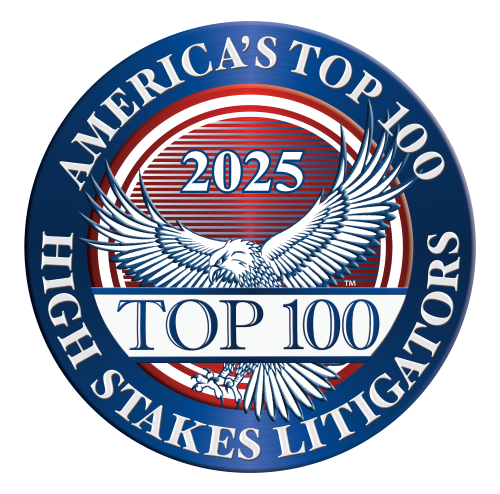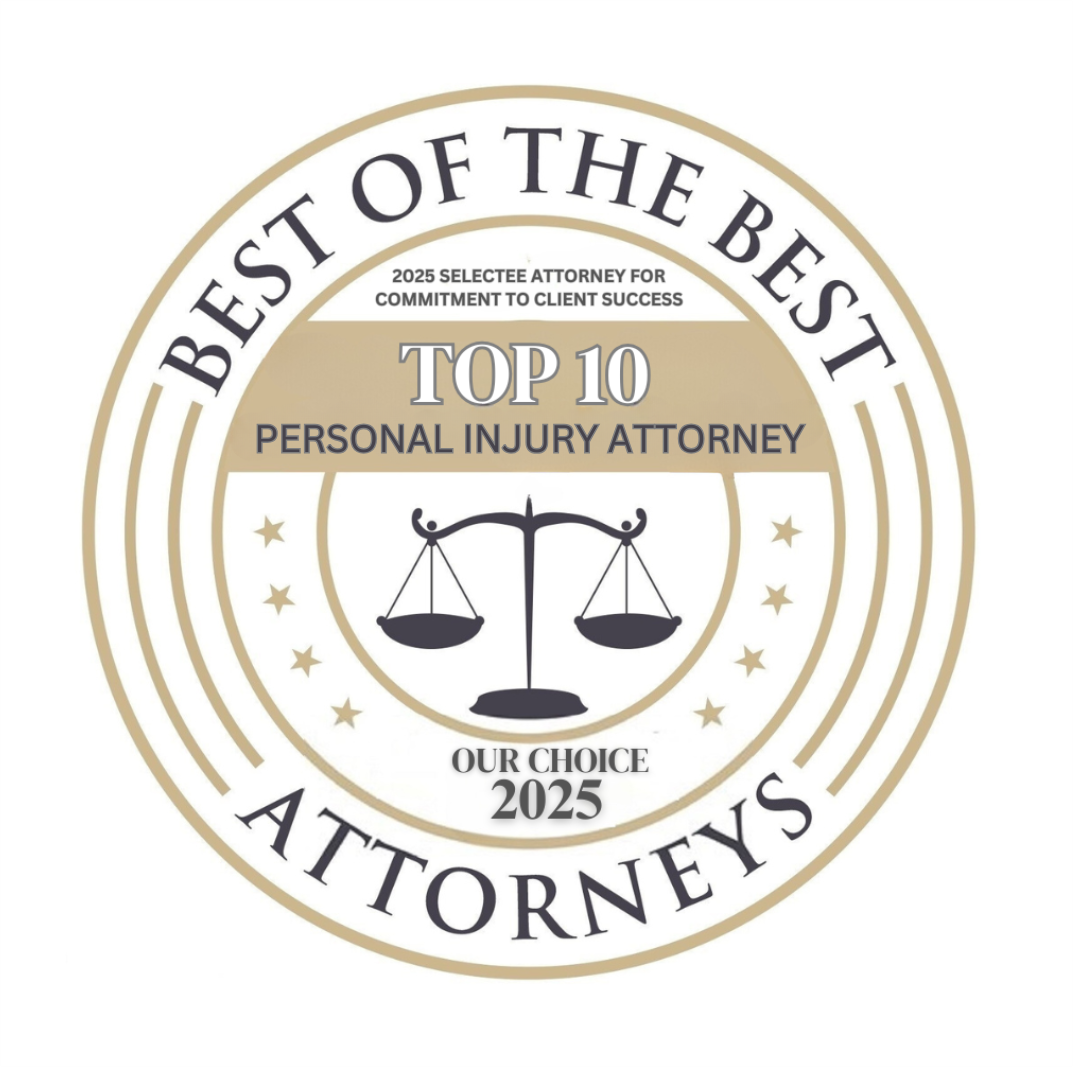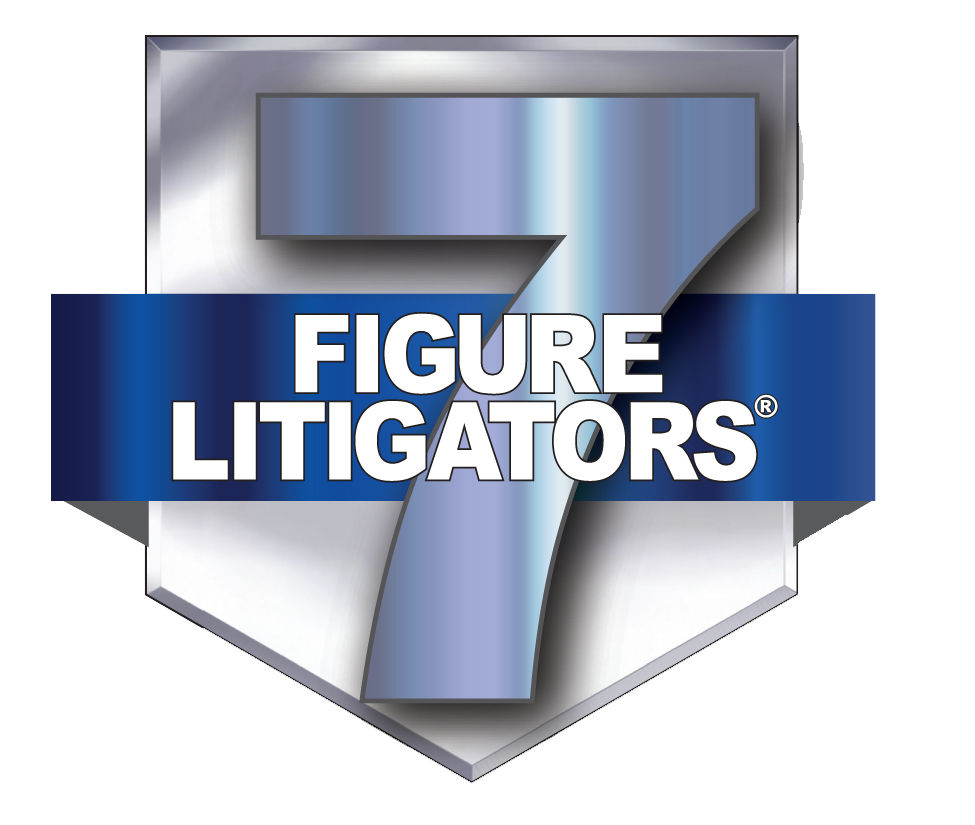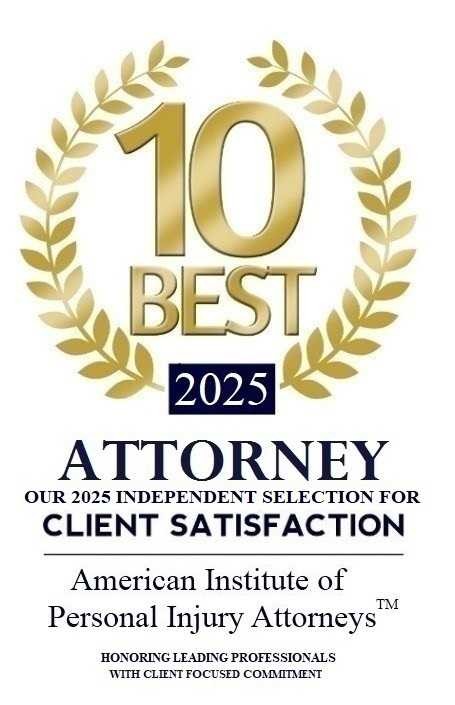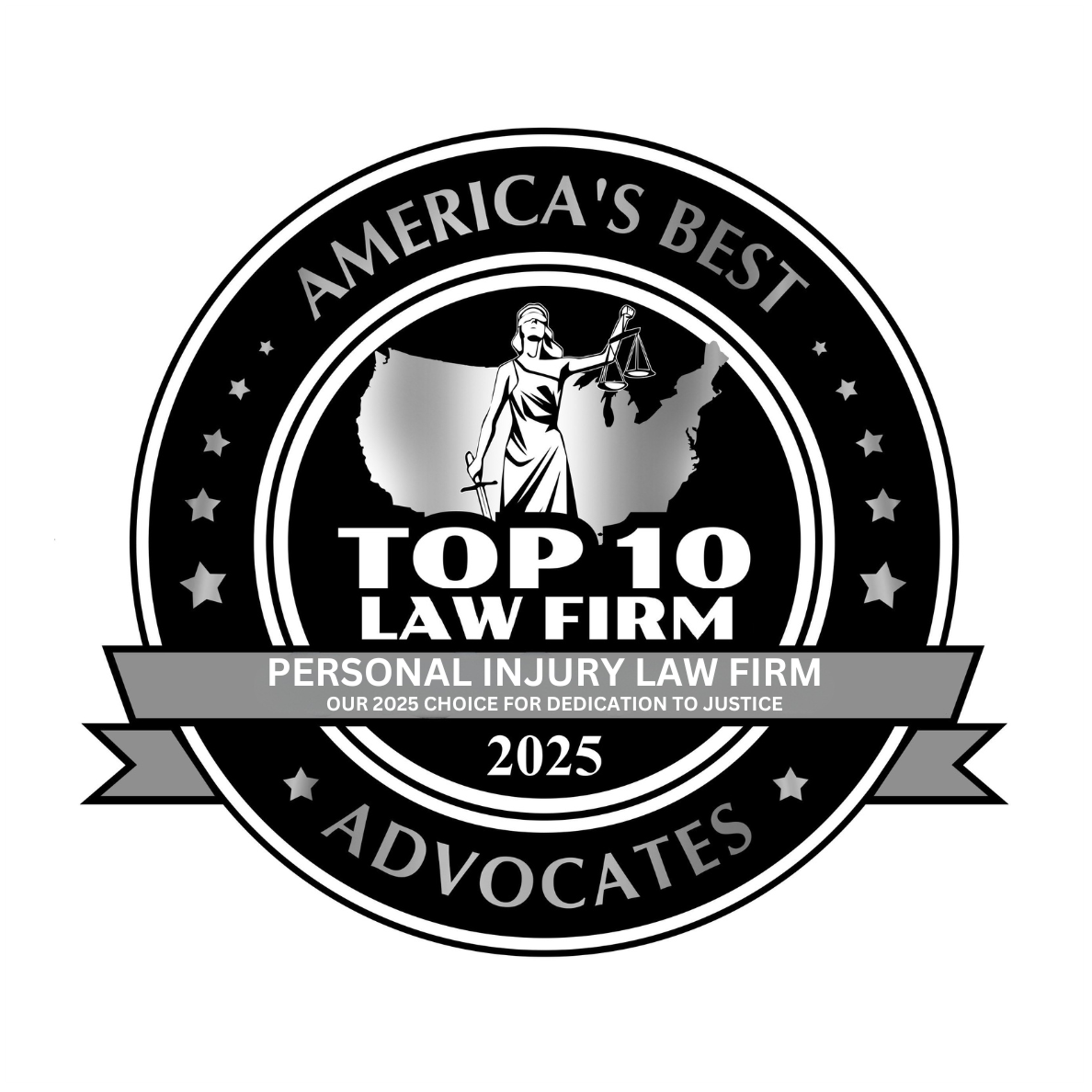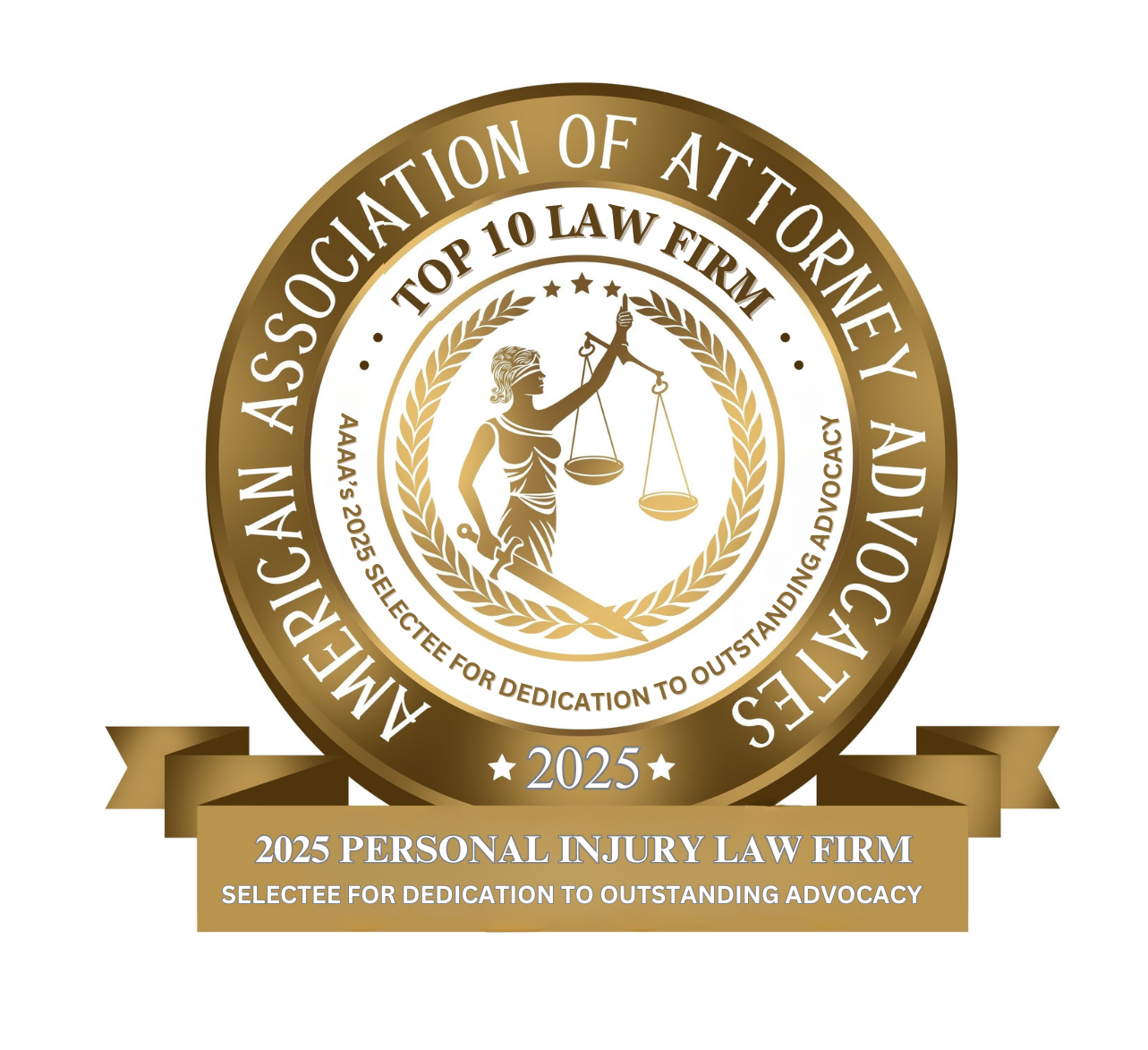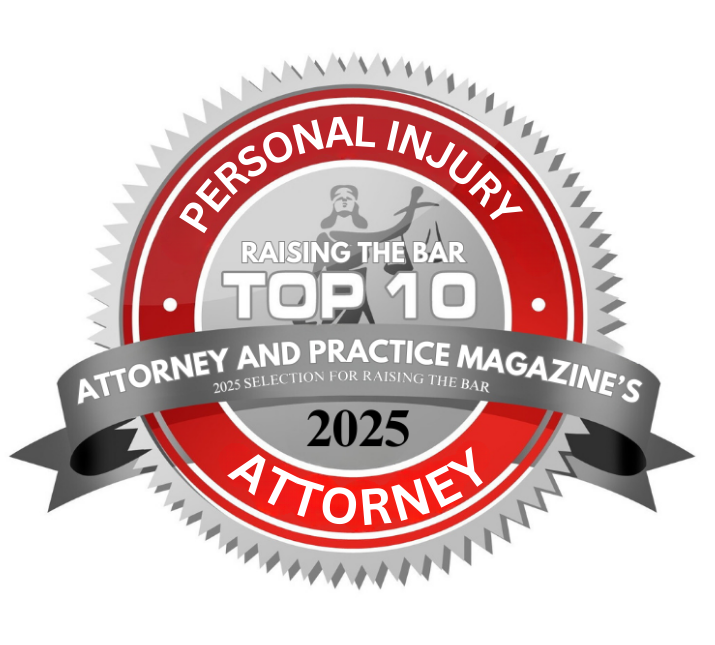- Free Consultation: (630) 527-4177 Tap Here to Call Us
Do Loud Pipes Really Save Lives? What the Data Says About Motorcycle Accidents
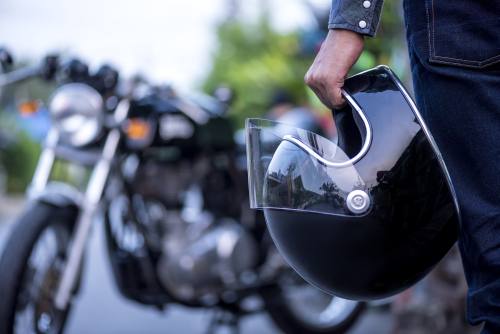
Motorcycle riders have debated it for decades: if your exhaust is loud enough, will nearby drivers notice you sooner and keep you safer? The slogan “Loud pipes save lives” is catchy and it feels true when you crack the throttle and watch heads turn. But feelings aren’t data. When you look at motorcycle accident statistics and the research on how drivers perceive motorcycles, the safety value of noise fades fast, while other, quieter strategies shine.
In this blog, we unpack the latest numbers, sift the science, and give you practical, evidence-based tips to stack the odds in your favor.
The Risk Picture: Motorcycling Is Still Disproportionately Deadly
Motorcycling remains one of the riskiest ways to travel, and the trend lines demand respect:
- According to the NHTSA, 6,335 motorcyclists were killed in 2023 in the United States, the highest annual total since federal tracking began. Motorcyclists accounted for 15% of all traffic deaths that year.
- Per miles traveled, motorcyclists were about 28 times more likely to die in a crash than passenger car occupants in 2023 (31.39 deaths per 100 million VMT vs. 1.13 for car occupants).
- That risk multiple has hovered in the 22–30× range in recent years (2021–2023), underscoring how exposure on two wheels amplifies consequences when things go wrong.
These numbers don’t tell us why an individual crash happens, but they set the stage: if a safety claim (like loud pipes) is going to matter, it has to move the needle against a very high baseline risk.
What Loud Exhausts Can’t Do (And Why)
The physics and the car cabin
Loud exhaust is primarily projected rearward, and its intensity drops quickly with distance (inverse-square law). In modern vehicles, well-insulated cabins, closed windows, and music further mask exterior noise, especially at highway speeds. That means a car ahead of you, the vehicle most likely to cut you off, often will not hear your exhaust until you’re already adjacent or passing, which is generally too late to affect a lane-change decision.
The behavior trap
There’s also a human-factors wrinkle: relying on noise can create false security. If you assume people hear you, you may position or overtake more aggressively than conditions warrant. Researchers warn that auditory “warnings” that arrive too late can even create confusion, provoking abrupt reactions from drivers at the worst possible moment.
What Actually Improves Your Odds: Conspicuity and Strategy
If loud pipes aren’t a reliable safety lever, what is? Well-designed visual conspicuity and solid defensive riding. Multiple crash studies, both classic and contemporary, converge here.
High-visibility gear and lights
- A large population-based case-control study in the BMJ found that riders wearing fluorescent/reflective clothing had a 37% lower crash risk, white/light helmets were associated with 24% lower risk, and daytime running headlights reduced risk by about 27%.
- The seminal U.S. Hurt Report highlighted poor conspicuity as a critical factor in multi-vehicle motorcycle crashes: the “Sorry, I didn’t see you” phenomenon.
- Reviews of motorcycle conspicuity countermeasures show modulated headlights and high-contrast attire increase detection distances in simulators and field observations.
Takeaways you can use:
- Wear hi-visibility/reflective garments (vests, jackets, or even sash bands) and lighter-colored helmets.
- Run your headlight during the day (and ensure your DRL is bright and properly aimed).
- Consider headlight modulators where legal for daytime; they’ve shown strong detection benefits in studies.
Positioning and speed management
Being seen isn’t just about color, it’s about where you are in the lane and how you time your approach:
- Maintain offset lane positions that put you in a driver’s mirror or over their shoulder, not tucked in a blind spot.
- Approach potential conflict points (driveways, side streets, gaps in queues) with space cushions and speed you can shed.
- Use short, deliberate lateral movements within your lane as you near hazards; motion is a powerful attention trigger.
- Cover the brakes, scan 12–15 seconds ahead, and anticipate “looked-but-failed-to-see” errors, still a leading pattern in multi-vehicle motorcycle crashes.
The Sound of Controversy: Noise, Communities, and Unintended Consequences
Even if loud pipes delivered a small safety benefit (the evidence says they don’t), there’s a cost side policymakers care about: community noise impacts. Studies in Europe and the U.S. associate high traffic noise with annoyance, sleep disturbance, and potential cardiovascular effects. Motorcycle noise, in particular, triggers much higher annoyance at lower decibel levels than other traffic sources in some populations, likely due to its tonal and intermittent character.
Cities are responding. New York City now uses noise cameras to cite illegally loud vehicles, including motorcycles, with fines that escalate for repeat offenders. Similar pilots are cropping up elsewhere, reflecting a policy shift that treats excessive exhaust sound as an enforcement priority.
But I Do Notice Drivers React to My Loud Bike…

Anecdotes matter to motorcycle riders. You probably have seen heads swivel or a drifting driver snap back into their lane after your V-twin barks. Two points can be true at once:
- Loud sounds can grab attention, when they’re heard.
- In the common crash scenarios that hurt riders, left-turn violations, sudden lane intrusions, drivers pulling out, your bike is typically approaching from behind or the side, and the driver’s cabin acoustics plus distance mean they often won’t hear you until the moment is already critical.
The safer strategy is to assume you are unheard and unseen, then ride accordingly.
What the Big Datasets Don’t Show (And Why That Matters)
Large national datasets (NHTSA, IIHS) tell us how many riders are dying and why, speed, impairment, licensing status, helmet use, but they don’t include exhaust noise as a variable. If loud pipes had a strong, population-level safety effect, you’d expect to see improving motorcyclist death rates as exhausts got louder in the aftermarket era. We don’t. Fatalities have climbed, and risk per mile remains extreme compared with cars.
That doesn’t prove loud pipes increase risk; it simply underscores this key point: there’s no credible statistical evidence that loud pipes reduce it. Meanwhile, high-visibility interventions do have measurable, repeatable associations with lower crash risk.
Frequently Asked Questions We Hear From Motorcycle Riders
Q: “If loud pipes don’t help, why do emergency vehicles use sirens?”
A: Sirens are orders of magnitude louder, employ broadband and modulated tones, and are often combined with flashing lights. Even then, studies and field experience show drivers frequently don’t perceive them until very close, especially with windows up and music on. Your exhaust is not a siren.
Q: “I’ve had fewer cut-offs since installing my aftermarket exhaust, doesn’t that prove it works?”
A: It proves something changed in your environment or habits, but it’s not a controlled comparison. You may be riding differently (lane positions, throttle timing) or in different traffic patterns. Population-level evidence still finds no reliable preventive effect from loud exhaust, while visual conspicuity shows repeatable benefits.
Q: “Is there any harm in being loud and visible?”
A: Aside from legal and community-noise issues, loud pipes add little to safety on today’s roads. If you choose an aftermarket system, keep it legal and focus your real safety gains on lighting, conspicuity, positioning, and speed management.
Contact the 5-Star Rated Illinois Motorcycle Accident Lawyers at John J. Malm & Associates
At John J. Malm & Associates, we know that motorcycle safety is about more than just equipment, it’s about awareness, skill, and protecting your rights if the worst happens. If you or a loved one has been injured in a crash, our experienced Illinois motorcycle accident attorneys are here to investigate your case, hold negligent drivers accountable, and fight for the compensation you deserve. Don’t wait to get the help you need. Contact us today to schedule your free, no-obligation consultation.



